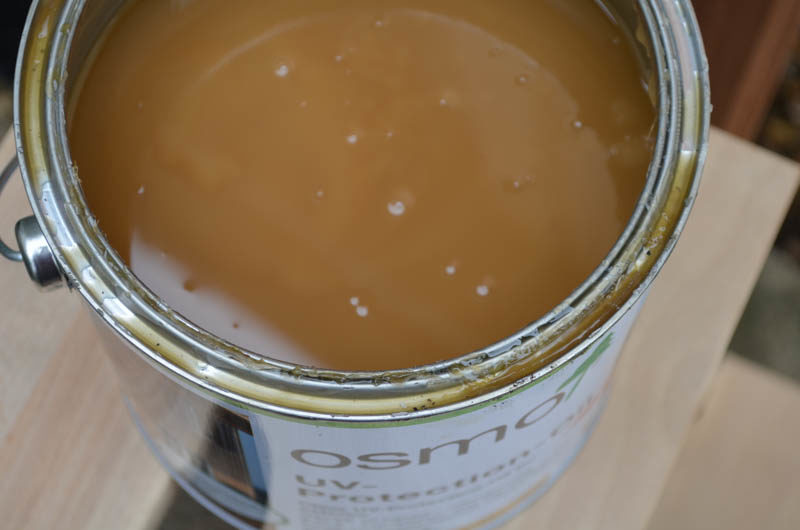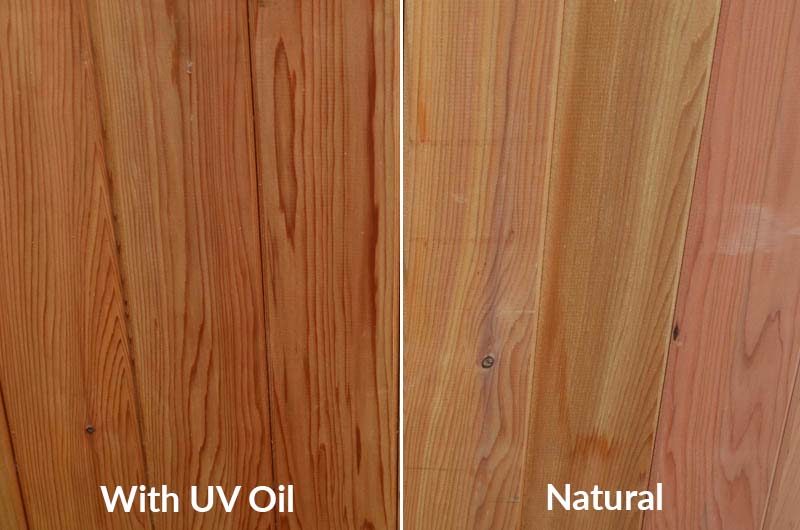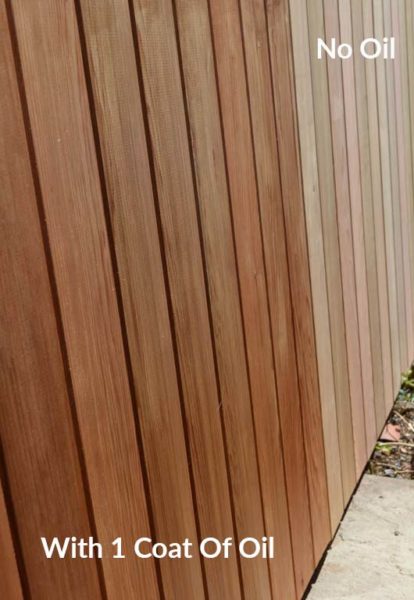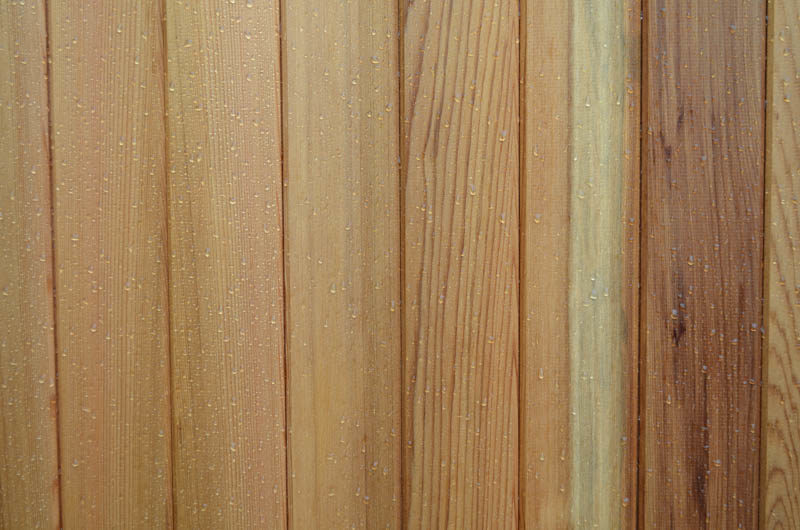Is it the rich reddish brown colour that is making you think of Cedar cladding for your garden office? If so you are in good company, as it is the aesthetic appeal that attracts many buyers to this premium cladding finish. The thing is that as Cedar is exposed to sunlight, it will gradually change colour from its original reddish brown to a silver-grey hue.
There is nothing wrong with this change of colour, and the cladding itself remains highly durable with a long lifespan of around 25 years, but it does change the look of a garden office. The building changes from a sharp contemporary design that contrasts strikingly with the greens of the garden, to something softer, mellow and aged looking which blends with the colours of nature.
How quickly does this change of colour happen
It is difficult to estimate how quickly Cedar cladding will change to a silver colour. It all depends on its exposure to sunlight. You will certainly see quite a difference in the colour in a couple of years.
You may well find that some walls change colour quicker than others depending on their orientation. Over the years we have seen pictures of cedar cladding where the effects of weathering are quite patchy even on the one wall.
There is a way to preserve Cedar’s natural colour
If you know you want your Cedar cladding to remain looking new in the long term, you need to act now. There is an ultraviolet protecting oil that can be applied to each cladding board as it is fitted and before it is exposed to sunlight.
The oil that is typically used is a clear OSMO UV-Protection Oil. The recommendation is that two coats are applied to new Cedar, and the oil slows the change of colour by a factor of 12.
Depending on the rate of weathering your Cedar cladding is exposed to, the UV oil needs to be re-applied every 3 to 4 years.
A benefit of this being an oil is that the finish is microporous and will not crack or peel, so won’t look shabby as it ages.
Does UV-Oil change the colour of Cedar cladding
The OSMO UV-Protection Oil that is commonly used on garden office cladding is the clear finish, so it isn’t designed to tint the wood and change its colour. Its application does change the appearance of the Cedar though. Instead of the flat matt look of the natural board, the oil gives the cladding a rich lustre – some people say it looks like it is wet.
We have found with our own Cedar cladding that the application of the UV-Oil has brought out the colour of each board and the different grains patterns. This picture is of some cladding here at Garden Office HQ, one-half has had just one coat of oil at this stage, and the other half is about to have it applied. You can see there is more of a richness to the side with the oil applied.
It’s not right to say the UV-protector gives the Cedar a varnished appearance; it really does look like the wood has had an oil applied rather a varnish.
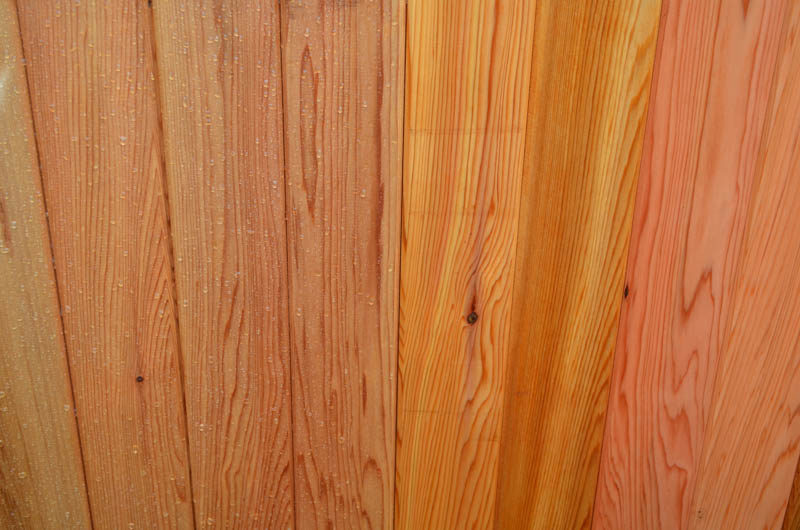
The UV-Oil helps repel water
An added benefit we have found is that UV-oil helps repel water. As you can see from this photo, the rain sits on the surface and then runs off. With the unprotected boards, the rain penetrates into the boards.
An added expense
Not all garden office suppliers offer UV-protection on their buildings. Those that do will offer it as an optional extra – at a cost!
The OSMO UV-Protection oil costs around £60 for a 2.5l tin and has a coverage of roughly 18sqm per litre. With two coats, a 3m x 3m garden office with a wall of doors on the front elevation can be protected with one 2.5l tin.
The significant expense comes in the labour to apply the oil. With a 12-hour drying time the oil needs to be applied over two days, and with the short on-site build times typical of the garden office industry this can mean having a team on-site for an extra day.
It is worth asking you garden office supplier about their costs for UV-protecting the Cedar cladding. If they don’t offer the service or the cost is too steap, it is certainly a job you can undertake yourself over a weekend.
If you decide to apply the oil yourself, no preparation is needed, you just brush the oil straight on. You will want to ensure that you apply the oil as soon as the office is completed so that weathering doesn’t have the chance to start. You need to ensure that the oil is worked into the v-joints where the boards meet.
Tip: Because you are applying an oil, you can’t just clean your brushes with soapy water. You will need some brush cleaner to be able to clean your brushes after each coat.



